Optimal Timing for Concrete Installations
Concrete installations are most effectively performed during specific times of the year to ensure optimal curing and durability. Temperature, humidity, and weather conditions play critical roles in the quality of the finished product. Proper timing can prevent issues such as cracking, spalling, or improper setting.
Concrete should be poured when temperatures are between 50°F and 85°F. Extreme cold or heat can hinder proper curing and compromise strength.
Spring and fall often provide the best conditions for concrete installation due to moderate temperatures and lower precipitation levels.
Rain, snow, or high humidity can delay or disrupt concrete work. Planning around weather forecasts is essential for quality results.
Scheduling during dry, mild weather ensures proper curing and reduces the risk of future cracks or damage.
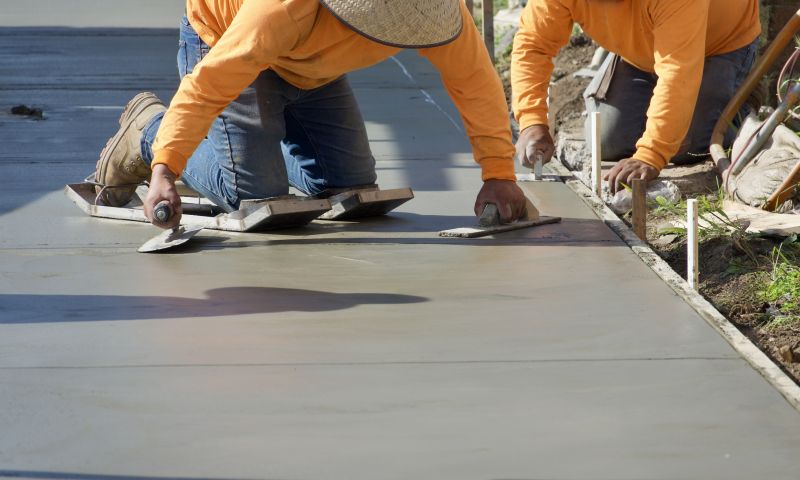
Ways to make Concrete Installations work in tight or awkward layouts.
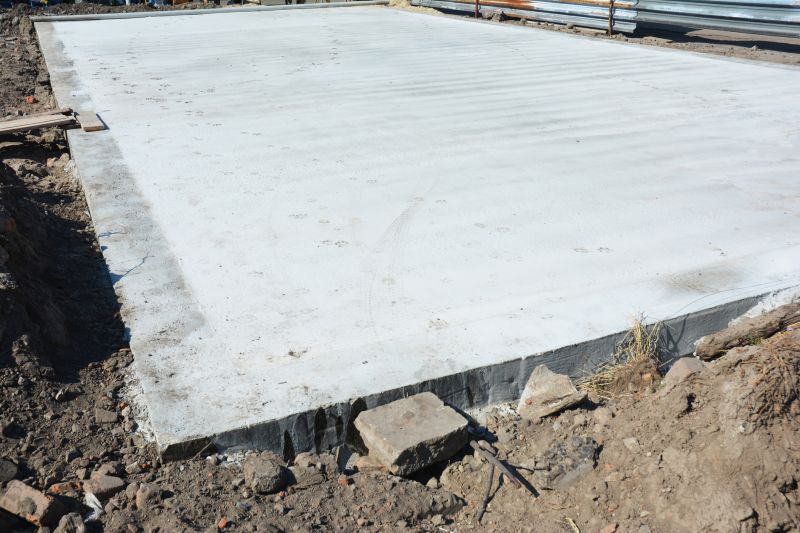
Popular materials for Concrete Installations and why they hold up over time.
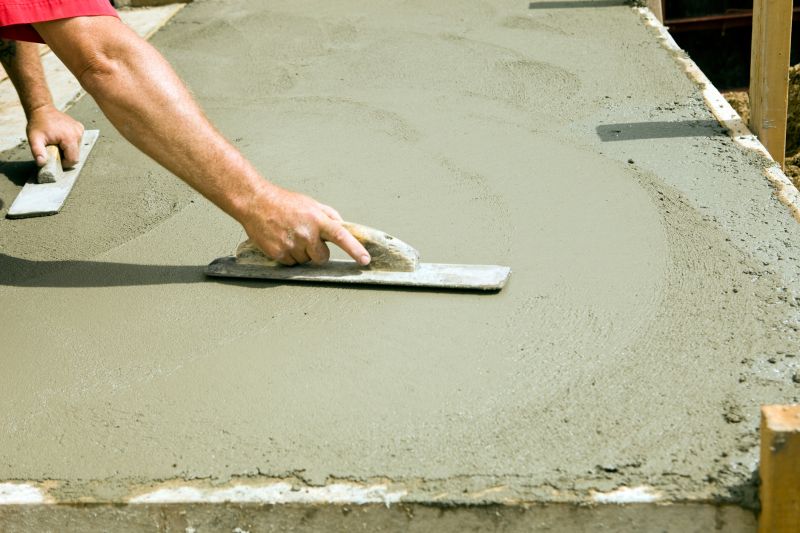
Simple add-ons that improve Concrete Installations without blowing the budget.
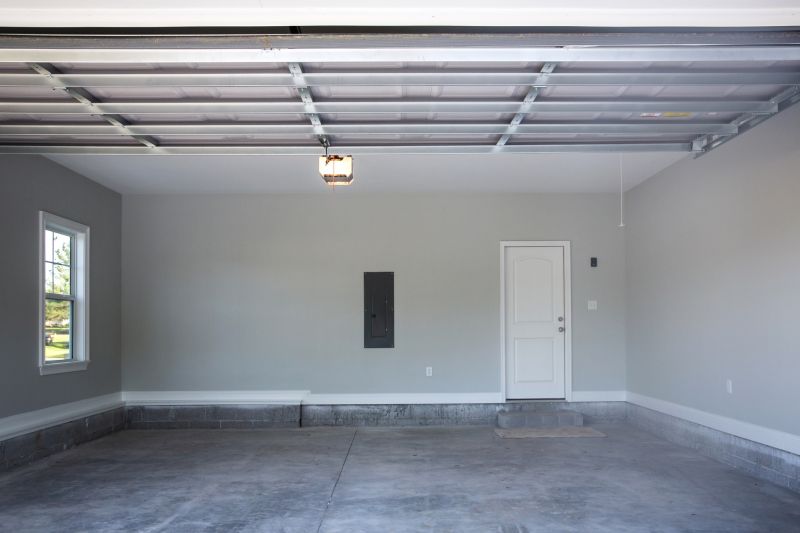
High-end options that actually feel worth it for Concrete Installations.
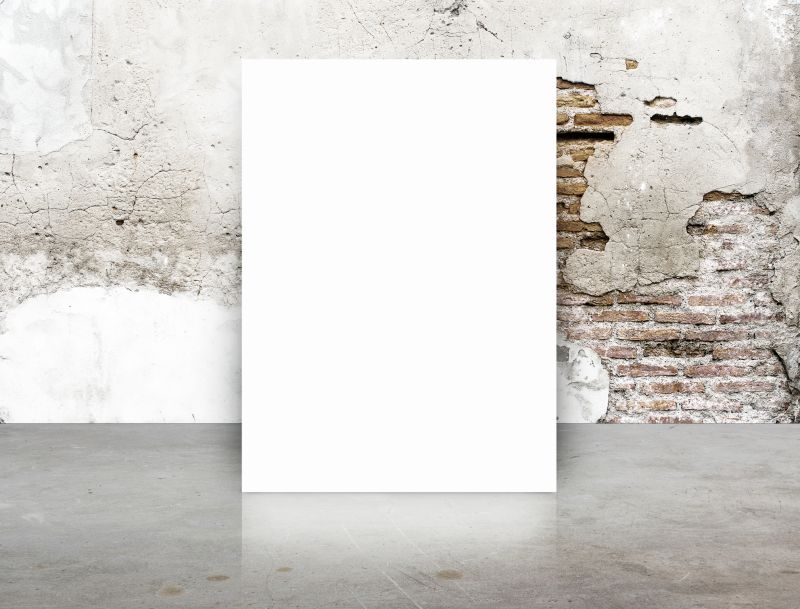
Finishes and colors that play nicely with Concrete Installations.

Little measurements that prevent headaches on Concrete Installations day.
| Season | Optimal Conditions |
|---|---|
| Spring | Moderate temperatures, lower precipitation |
| Summer | Early morning or late evening work to avoid heat |
| Fall | Cool, dry weather ideal for curing |
| Winter | Not recommended unless heated enclosures are used |
| Late Spring | Good balance of temperature and humidity |
Concrete installations require careful planning to ensure the best possible results. Proper timing not only enhances the structural integrity but also reduces maintenance costs over time. The selection of the right season and weather conditions can significantly impact the durability and appearance of the finished project. Regular monitoring and adherence to curing protocols during the optimal period help achieve long-lasting, high-quality concrete surfaces.

A 60-second routine that keeps Concrete Installations looking new.
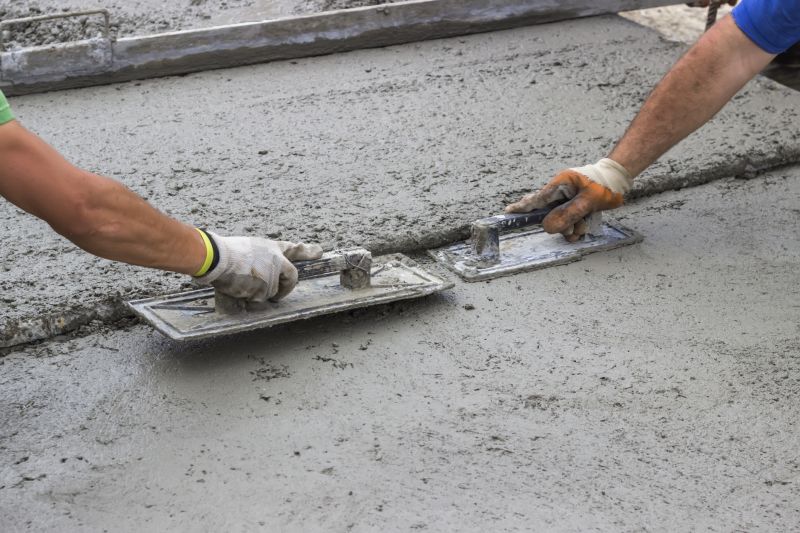
A frequent mistake in Concrete Installations and how to dodge it.
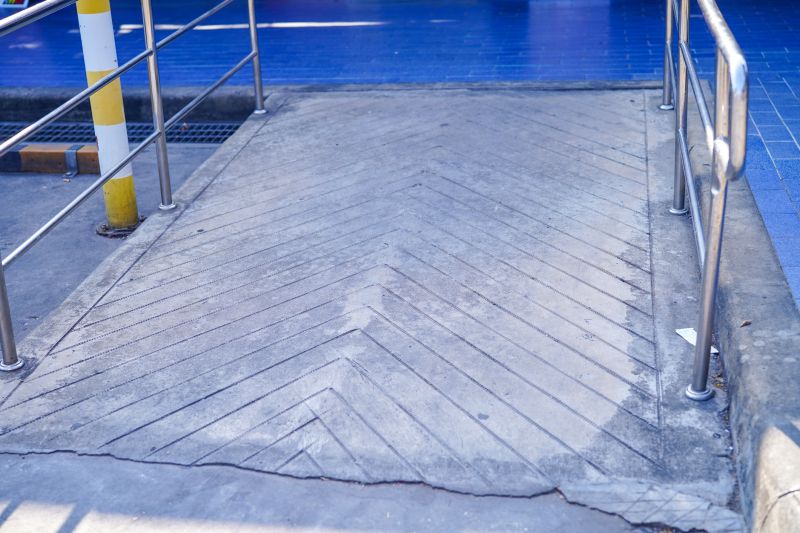
Small tweaks to make Concrete Installations safer and easier to use.
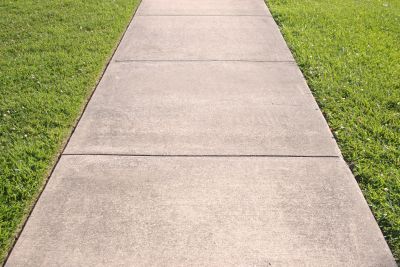
Lower-waste or water-saving choices for Concrete Installations.
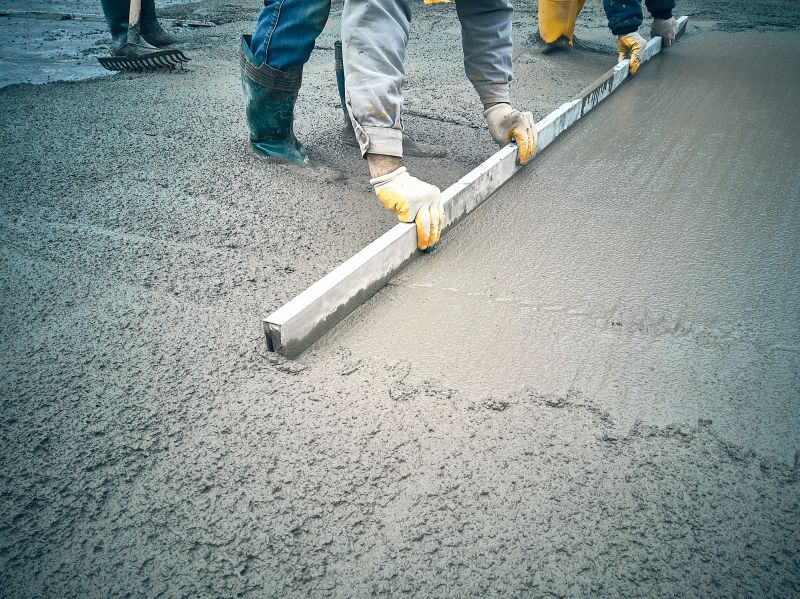
The short, realistic tool list for quality Concrete Installations.
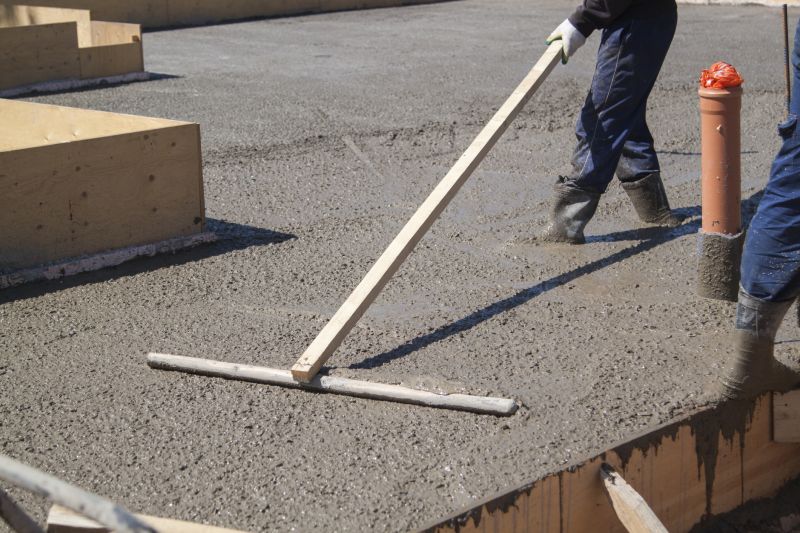
Rough timing from prep to clean-up for Concrete Installations.
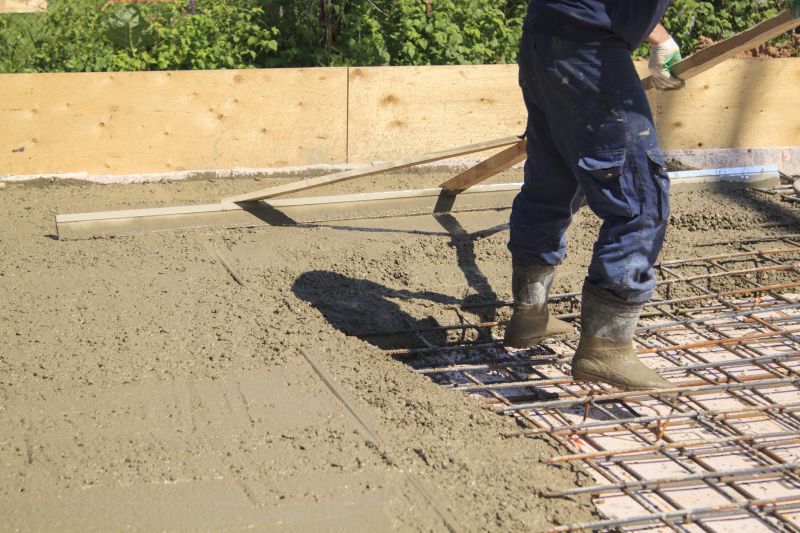
Quick checks and paperwork to keep after Concrete Installations.
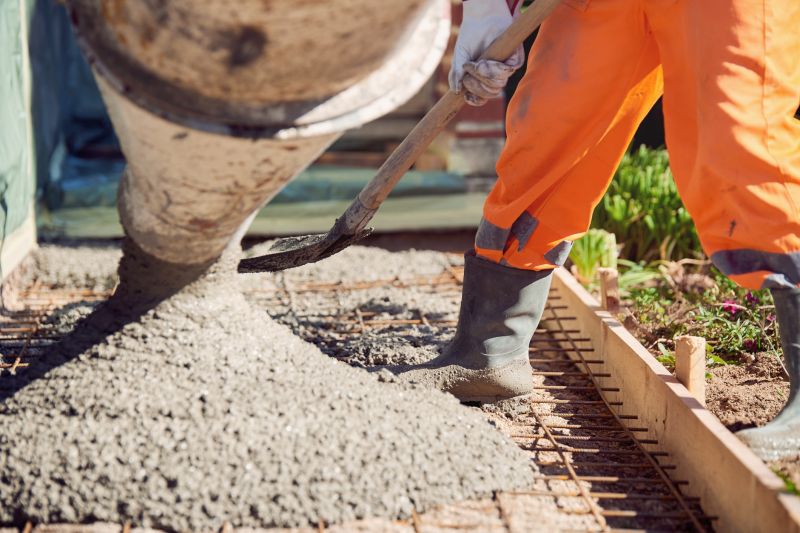
Examples that show the impact a good Concrete Installations can make.
Interested in scheduling a concrete installation? Filling out the contact form can provide more information and help plan the project during the most suitable season for long-lasting results.
